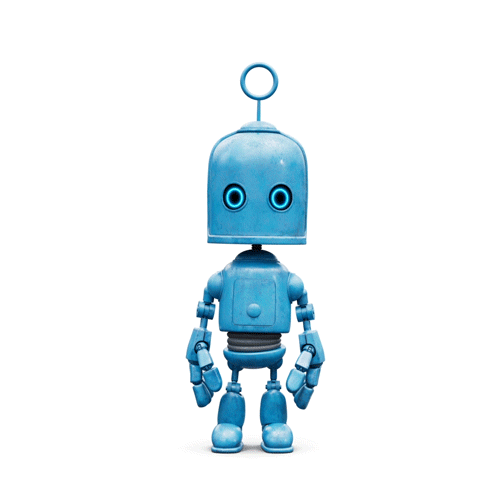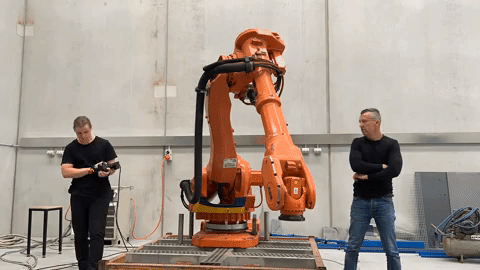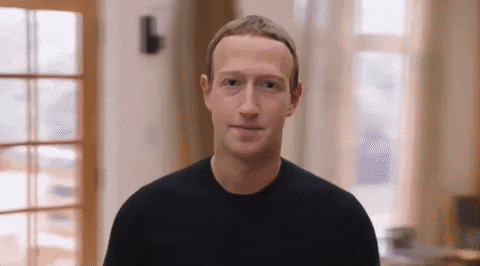
Technology doesn’t advance in straight lines. It’s choppy with flat periods of stasis, and massive vertical progress leaps. We’ve just had one such leap and it’s not too late to get ahead and benefit economically.
In the digital era we’ve had moments that changed everything. A few come to mind:
- The PC & Laptop
- The Web Browser
- Social Media
- The Smart Phone
It is that moment for AI.
The tools are now highly functional and available to everyone. Think back through your career and companies you’ve worked for. Did you or they, either got on board early? Or fall behind?
Don’t fall behind this time. When shifts like this occur, fortunes are both made and lost (you know the ones), and careers can be totally ruined or reinvented. We get to choose.
Your Company & How AI is about to change it: Get me in to share my mind blowing new Keynote Speech – get AI working for you!
One of the great things about the internet, is that you can only ever be 15 minutes behind. And when the next era arrives – like now with AI – you can get ahead despite what you didn’t do in the past.
So, to help you get ahead here is a list of AI tools you can use. Play around with them, get familiar and I’m sure your imagination will jump to possibility.
- AI Creation Engine Chap GPT – Get it to create almost anything for you.
- AI Image Generation – Dall-E-2, Mid Journey, Stable Diffussion
- AI voice changer in real time – Celebrity voices, you name it – Voice.ai
- Get an AI to write for you, in your style – Jasper AI
- Create a video of a talking avatar via text – Synthesia AI (talking Avatar)
- AI Lawyer – World’s first Robot Lawyer – Do not pay.
- Automate Social Media – Repurpose – one post, many paltforms
- Write Essays – Jenny AI
- Transcribe meetings with notes & summaries – Fire Flies
- AI Voice generator from text – even your voice – Murf
- Write sales emails that convert – MailMentor
- AI Assistant – Andi AI
- Turn an idea into a Youtube Video – In Video
The crazy thing is, this is just a small sample of what’s out there. I promise you there is a tool for you and your gig. The right tool will remove hours from your week and maybe put you on a new path.
The rest is up to you.
—
Keep thinking,
Steve.






